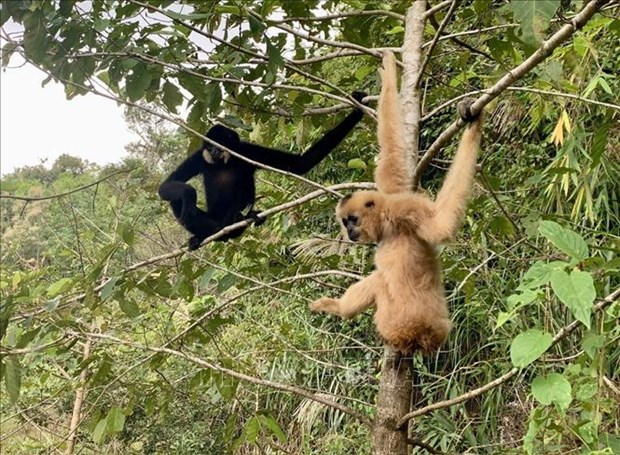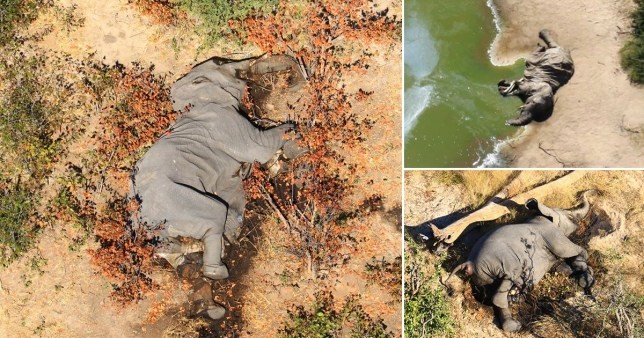As if it is needed, here is a list of evidence that global warming is true, laid out by someone with a doctorate in the subject material. Do share with friends who have suggested that there is not.
It is simple, the world is warming and we are causing it by burning fossil fuels. We are responsible and so we can do something about this.
At a time, when there is a high probability that someone who denies all obvious facts on this subject, is leading the race to return to the white house, we need to stop debating facts and fix the problem.
USA, you are currently a pariah around the world, because you cannot pass meaningful climate action. You have 4.23% of world population, emit around 16 tonnes per head on average – which amounts to 14% of global emissions or around 1/7. It is true that China (29.18% of global emissions), however India emits just 7.09% of global emission. Yet the per capita emissions of these countries are 7.44 in China and just 1.89 tonnes in India.
The UK, a similarly developed country, only has emissions of 5.6 tonnes per head
We’re hoping to return to a more normal amount of blogposts in the near future. Time is currently going into building a database of species of the world.













